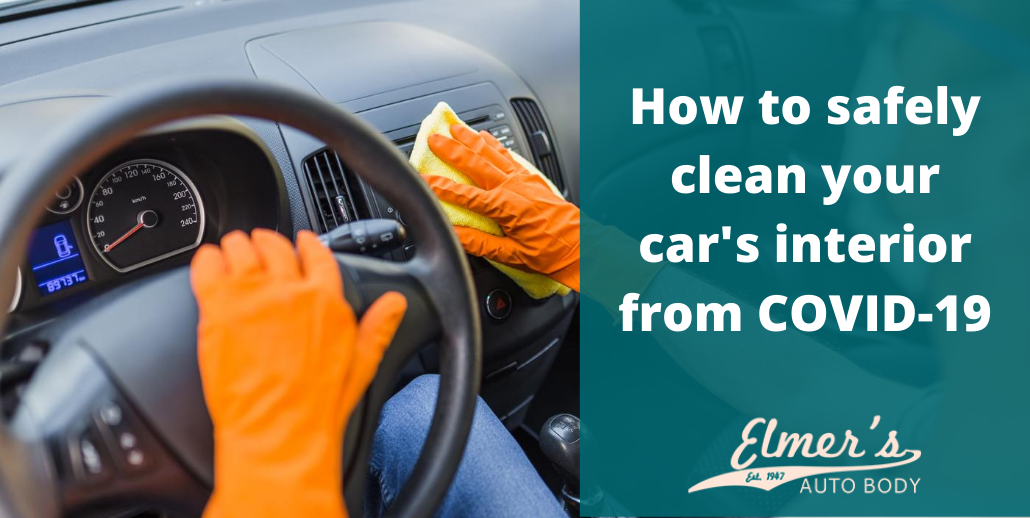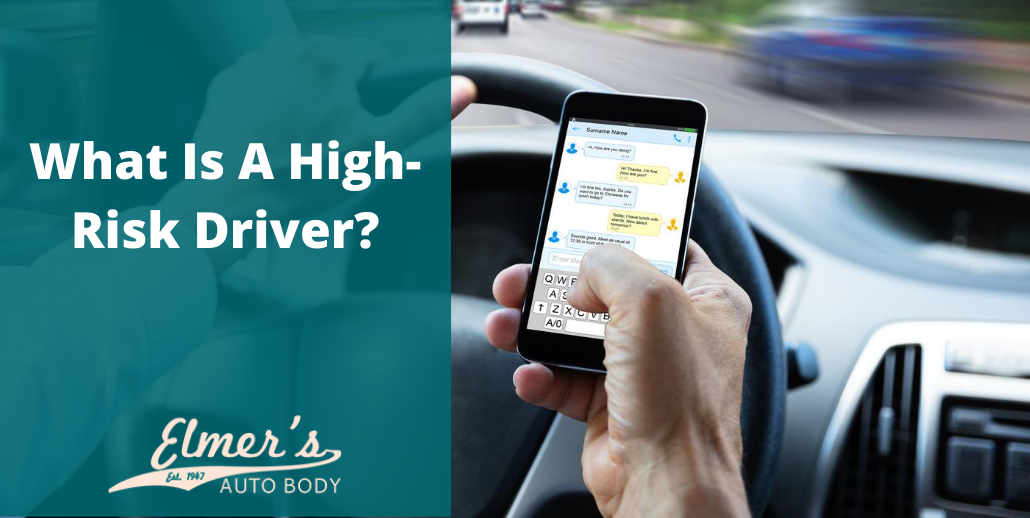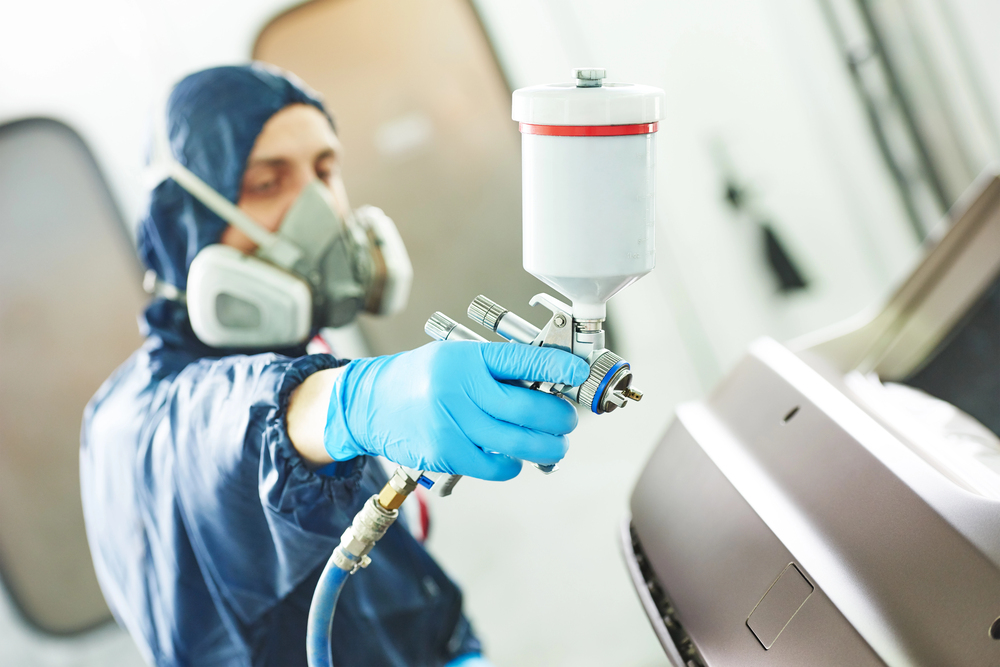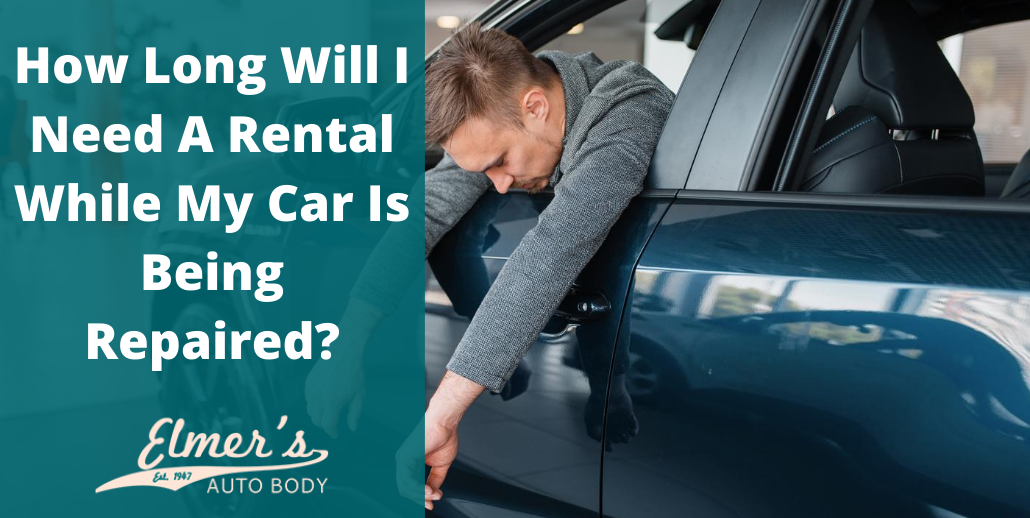Now that the world is dealing with a global pandemic, it has become clear that our surroundings are not as safe or clean as we originally assumed. Even if you are working hard to wear a face covering and washing your hands every time you touch a surface, there are places that we forget about simply because we spend a lot of time there. Case in point: your car. Your car travels with you wherever you go, and so cleaning it is just as important as sanitizing your hands and phone and wearing a mask.
The good news is that cleaning your car to keep you safe during the COVID-19 era isn’t difficult. You already have most of the supplies you need.
So let’s get started.
Best Products For Cleaning Your Car
The interior of your car is less resilient than your kitchen counter or a shower stall when it comes to being cleaned. The fabrics, leather, and glass can be damaged if you don’t use the appropriate items. The best items you can use are the same ones you are probably already including in your daily life, such as dish soap, disposable gloves, and a warm water-alcohol solution. A microfiber cloth is also excellent for sweeping up tiny particles of dirt and dust and leaving surfaces streak-free.
For instance, disinfectant wipes containing around 70 percent isopropyl alcohol are most effective for killing COVID-19. You can also make a 50/50 mixture of water and vinegar.
The CDC states that dirty surfaces and upholstery needs to be cleaned prior to sanitizing. Vacuum up dirt and dust. Shake out the floor mats. Remove any grime that is visible. Pick up any garbage, loose receipts, and anything else that could be an obstacle later. That will help your disinfecting efforts.
Keep in mind that any imitation leather in your vehicle will have a urethane coating. If you are using an alcohol-based cleaning solution, do not use it too often or scrub too vigorously. You could damage the coating. Soap and water is the best for fabrics and leather. Use only a small amount of water when cleaning the cushions. Otherwise, you could soak the fabric, and that will result in a musty scent or mold growth.
Wear disposable gloves while cleaning out your car. This will protect you from possible contaminants.
Cleaning Products to Avoid
What about products that could damage the interior of your car? While cleaners like hydrogen peroxide, ammonia-based solutions, and bleach are all excellent for annihilating viruses, they will also ruin plastic and upholstery. Ammonia-based liquids should never be used on touchscreens, because it will destroy the anti-fingerprint and anti-glare coating.
Be sure to read the ingredients list on the cleaning products you plan to use. Otherwise, stick with the basic water-alcohol mixture and some regular soap.
Focus On High Touch Areas
Once you have gathered the items required for cleaning the interior of your car, it’s time to formulate a game plan. That means targeting the places most prone to carrying viruses and bacteria, such as:
- Door handles, outside and inside
- Gear shifter
- Steering wheel
- Turn signal
- Wiper level
- Buttons on the radio
- Touchscreens
- Climate control areas
- Armrests
- Grab handles
- Seat belts
- Seat upholstery
- Mirrors
- Seat adjustment levers
Spend some extra time on places like touchscreens and the steering wheel. According to a study from CarRentals.com, a steering wheel could have four times more germs than public restroom toilets.
Keep Some Cleaning Products in Your Car
Keep your car clean on the go, too. You can keep some disinfectant wipes in the glove compartment and some hand sanitizer in the storage on the doors or in a cup holder. If you are going to be idling in a line at the drive-thru or running some errands, for instance, you should also have some extra disposable gloves and masks in the car so you can protect yourself both in and out of the vehicle.
Protect Yourself and Others While In The Car
Once you have finished with cleaning and disinfecting the interior of your car, don’t forget to wash your own hands before hopping in and driving off. Now that your vehicle’s interior is cleaner and sanitized, you are ready to do what you have to do. You will have more peace of mind going about your errands knowing that COVID-19 is nowhere to be found in your vehicle. Just remember to repeat this process, since the coronavirus can survive on surfaces for a long time.
Need help maintaining or repairing your car? Worried about COVID-19? We have a completely safe process to minimize risk and contact. Get in touch with us by filling out the contact form to learn more!







